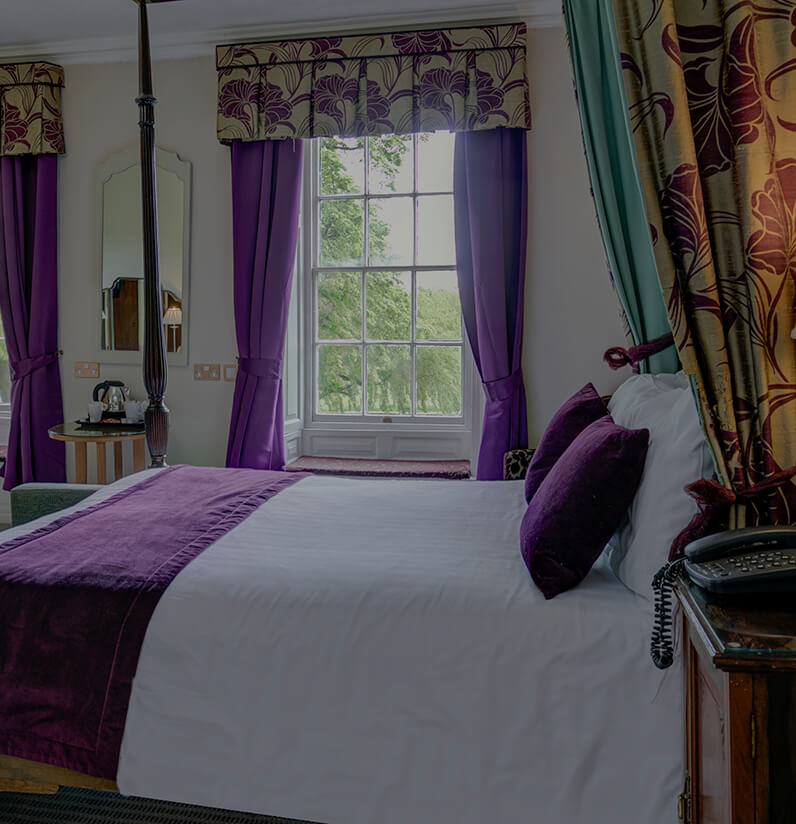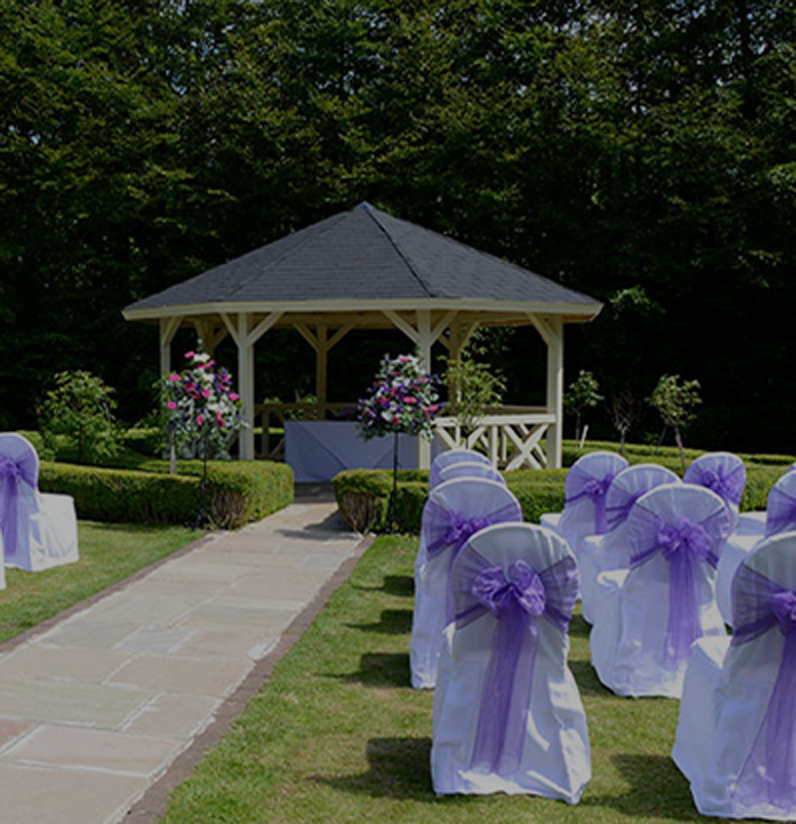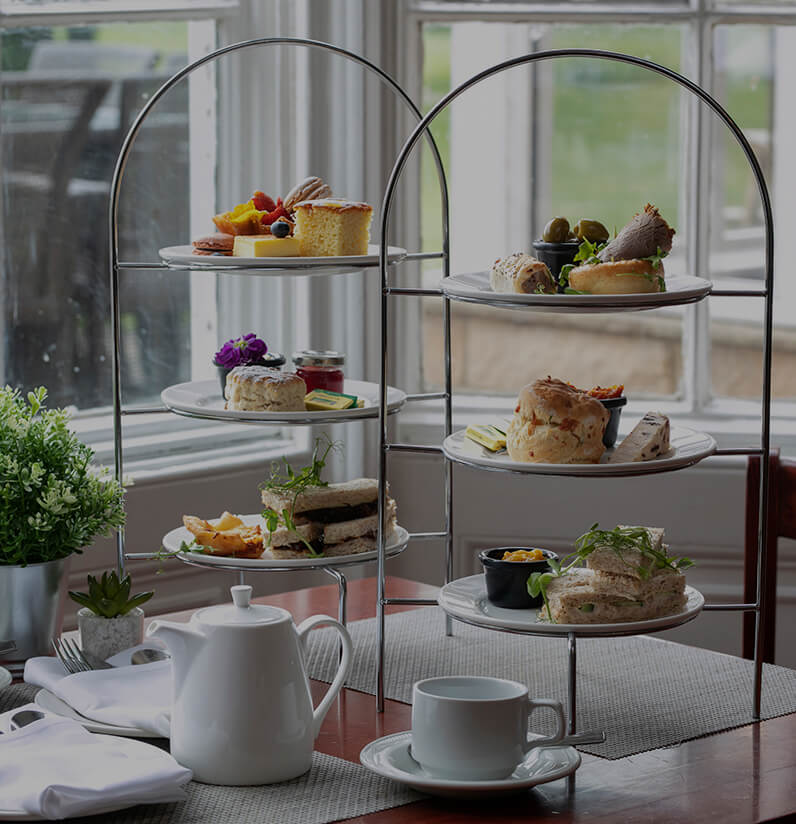Rich In History & Tradition
History Of Hall Garth Hotel
Read About The Long History Of This Classic Country Hotel

An Area Steeped In History
On the site of the present Hall Garth- hall in the field- stood the hunting lodge, primarily used by Anthony Bek, Edward I’s proud and ambitious Prince Bishop 1283-1310. The heavily forested hunting ground was convenient for the Bishops palace at Darlington. It is believed that part of a wall and an arch remain from this period. The house itself is 15th century. As you look at it from the front, the western part of its L shape is the oldest.
This contains a beautiful 17th century staircase with twisted balustrade and a Roman Doric door case. The two gabled wings are respectively 18th century and 19th century and contain fine 18th century woodwork and delicately cast fireplaces.
The two first floor windows in the 18th century wall are blocked up because of the window tax levied in that century. At the front of the house is the park with its tiny late 18th century Deer house and the next two fields, the ‘High Meadow’ and the ‘Redcar Field’, have the remains of a medieval ridge and furrow system.
Dean Beck which flowed from Heighington into the Skerne partly encircled the house and was famous locally for it’s trout. An old fishmonger, Harrison of Tubwell Row, Darlington used to advertise ‘Hall Garth Trout’.
The Residents
The earliest recorded resident of Hall Garth is William Wilson, gentleman of Durham 1684. Thereafter, it belonged to the Dalton’s of Acorn Bank in Westmorland. Mary Dalston married Mr William Norton on the 2nd January 1732 at Aycliffe church. Their son William married Dorothy Surtees, eldest Daughter and co-heir of Robert Surtees of Redworth, but died childless. Their youngest daughter, Mary, married Thomas Hodgeson and their surviving daughter Mary Boazman erected a tomb for her parents and infant sons in Aycliffe churchyard in 1812.
Hall Garth was subsequently sold to the Rev James Robson, vicar of Aycliffe 1773-1805.
Mrs Elizabeth Porthouse, the window of the mill owner, purchased the estate after the Robsons.
Mr Henry Pascoe Smith brought the property on the demise of Mrs Porthouse, and was responsible for laying out the grounds and turning the house into a gentleman’s residence. Mr Smith was a director of several local railway companies from the 1830’s onwards. One of his lines ran near the Hall Garth., but he had obviously taken care on his own land to keep it well away from the house. Some of the original stone sleepers used on the vey early railways were placed in the beck, under a waterfall.
The last family to live at Hall Garth were the Summersons. Thomas Summerson began work at fourteen years old in 1824, drilling stone block sleepers for the Stockton and Darlington Railway. By 1869 he had acquired the Albert Hill Foundry- renamed Tomas Summerson and Sons- specialising in railway fittings. Hall Garth saw four generations of Summersons from around the turn of the century to the 1970’s -the portraits of justices of the peace in what used to be the Justices room- each generation had a J.P. In a charming letter, Hugo Summerson describes the Hall Garth of his childhood- “The oak tree in front of the house known as the ‘Royal Oak’ was planted to commemorate the coronation of George VI and had a plaque at its base stating this.



